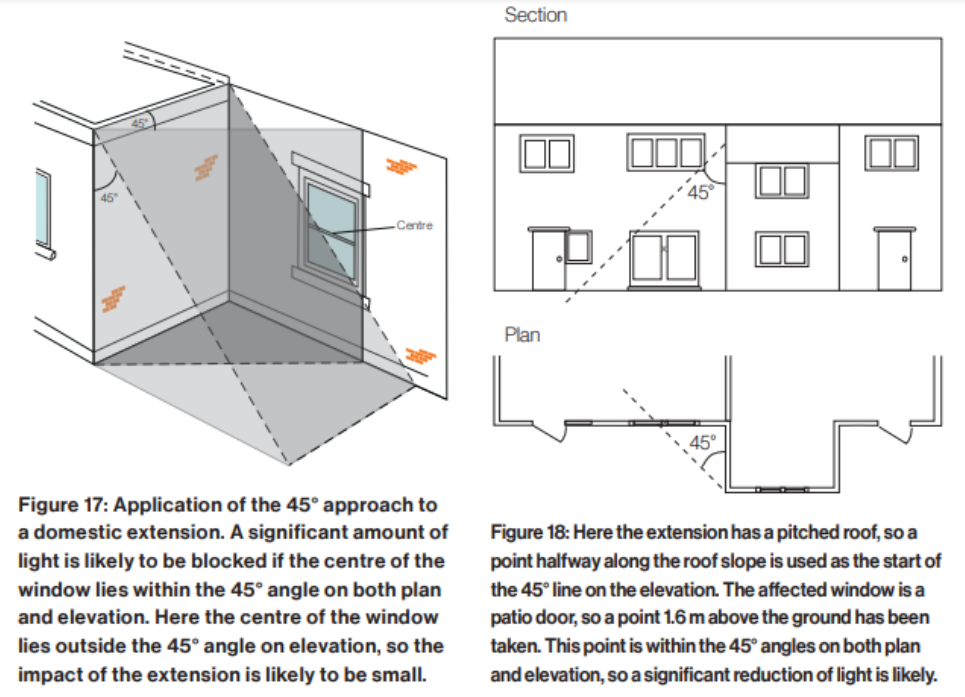Understanding from Mistakes: Right-to-Light Assessment Shortcomings
In the competitive arena of real estate development, grasping the subtle area of light rights is essential for ensuring fruitful projects. A Right to Light survey plays a critical function in addressing possible light infringements that may occur when new developments are planned. This process not only assists in evaluating the current light conditions for adjacent properties but also supports developers in maneuvering through the juridical issues pertaining to light access. By learning from both successes and failures concerning these surveys, developers can better position themselves to steer clear of litigation and ensure compliance with planning laws.
As urban areas continue to grow and residential density increases, the importance of light rights in city design must not be overstated. Conflicts over access to light are growing more common, which makes it essential for developers to grasp their lawful responsibilities and the consequences of light rights assessments. Through thoughtful thought and proactive measures, stakeholders can encourage harmonious projects that honor both their own interests and those of their neighbors. In this article will delve into the intricacies of Right to Light assessments, frequent mistakes to avoid, and the vital role these surveys have in the broader context of city development.
Comprehending Light Rights
The right to light is a juridical principle that grants property owners the entitlement to receive natural light through their openings. In the United Kingdom, this right is typically established through continuous use over a span of twenty years. If this right is violated, it can lead to substantial legal disputes, thus making it essential for developers and property owners to grasp the consequences of right to light on their plans.
When developers consider fresh buildings or additions, they must evaluate how their developments may influence the light access to surrounding properties. Not to account for existing rights to light can result in resistance from neighbors or judicial challenges, which could delay projects and incurring costly delays. This understanding is crucial during the beginning of planning and development.
The right to light is not just about access to sunlight, but it also includes the quality of light in housing and commercial spaces. Right To Light Aldborough Hatch , where buildings are closely situated, often face difficulties related to right to light. Therefore, efficient assessment and handling of these rights perform a key role in achieving a balance between new developments and preserving the light access of existing properties.

Legal Aspects and Regulations
Comprehending the legal framework related to Right to Light is crucial for real estate developers. The doctrine is rooted in established law and permits real estate holders to benefit from natural light coming into their buildings. In the UK, this right can frequently be taken if light has been utilized steadily for a duration of 20 years. Failing to take into account these legal implications can cause significant challenges, including potential legal battles or injunctions that halt construction projects.
Real estate developers must ensure compliance with both legal regulations and local development policies. Right to Light assessments are an important part of this adherence, spotting any potential encroachments that may occur from new projects. Ensuring alignment to the Building Research Institute (BRE) criteria is also crucial, as these provide a reference for evaluating daylight and sunlight impacts on adjacent plots.
Legal remedies for Right to Light violations can differ, ranging from injunctions to compensation settlements. In some cases, contractors may be expected to adjust their designs to mitigate any adverse effects on light entry for adjacent lots. Engaging with legal specialists during the preparation phase can help handle these challenges, eventually safeguarding the project from costly hindrances and conflicts.
Best Practices for Developers
In order to successfully manage the complexities of right to light concerns, developers should start by including right to light surveys into the initial phases of their project planning. This anticipatory approach allows for the identification of any potential light interference risks before substantial investments are made. Engaging with a skilled surveyor who focuses in right to light can provide crucial insights and assessments that can influence design decisions and reduce future disputes.
Interaction is crucial when managing right to light considerations. Developers should keep open communication with neighboring property owners and stakeholders throughout the project. Transparency regarding proposals and likely impacts on light can help cultivate goodwill and reduce opposition. pop over to this website concerns promptly can often lead to compromised solutions that assist both developers and neighbors, fostering a more mutually beneficial environment in the development process.
Finally, developers must remain aware about legal rulings and changes in legislation pertaining to right to light. Understanding how these regulations evolve is essential to ensure compliance and lessen the risk of costly legal issues. Staying updated on recent case studies and outcomes can also provide significant lessons from previous projects, aiding developers in arriving at informed decisions that consider both their entitlements and those of neighboring properties.